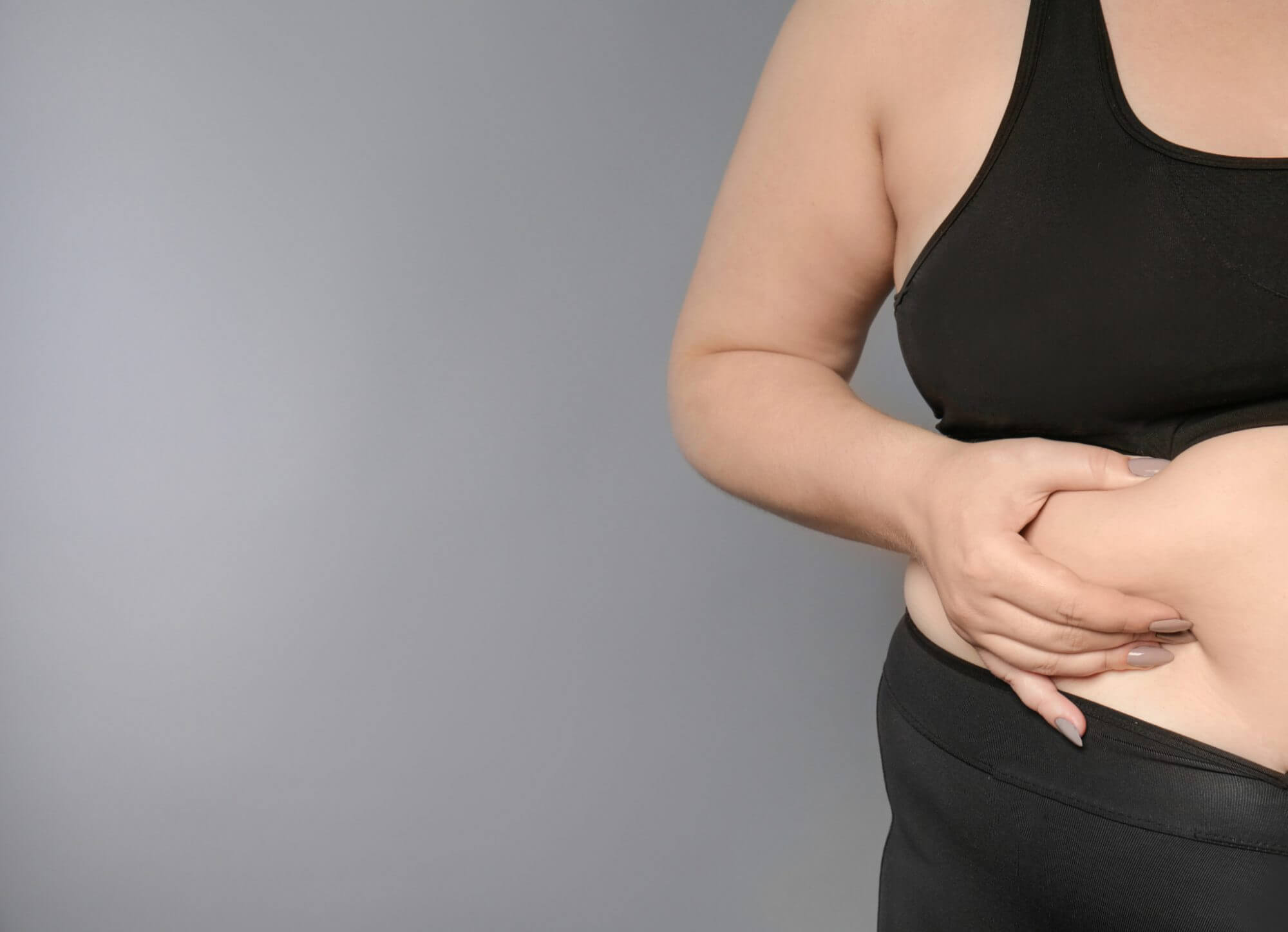
Fat transfer, also known as fat grafting or fat injection, is an advanced cosmetic surgery technique. It involves harvesting and transplanting a patient’s own fat to another area of the body. Typically, fat cells are harvested from an area with an excess of fat, such as the inner/outer thighs, flanks, abdomen, or buttocks. The fat cells are then injected into areas of the body that have undergone loss of volume, which is most commonly a consequence of aging. Common areas that undergo fat transfer surgery include the hands, face (including the lips), buttocks (as part of a Brazilian Butt Lift), and breasts. As an added bonus, the unwanted fat is not missed in the areas from which it is harvested, as these are usually “problem areas” resistant to diet and exercise. Both areas (harvested and injected) end up with more contoured, natural appearances that are long lasting.
Who Is a Candidate for Fat Transfer to the Face?
First off, you must have donor sites for harvesting fat cells, which is not a big problem as most of us have enough fat cells to spare. Facial wrinkles, lines, and creases from aging, such as forehead wrinkles, laugh lines, smile lines, and crow’s feet, are especially treatable with fat transfer. Additionally, fat injections can be used in volume-deficient (i.e., sunken) areas of the face such as the cheeks and under the eyes to restore volume and provide a more youthful appearance. Fat transfer can also be used to revise facial scars and/or depressions resulting from acne.
Most of the time, the results with fat transfer are equal to, if not better (as in more natural), than dermal fillers such as Juvéderm® or Restylane®. It should be noted that this procedure is not advisable for anyone with circulation problems, whether it be the result of smoking or a specific medical condition.
What to Expect with Fat Transfer
The fat transfer procedure is a three-stage process consisting of harvesting, purification and transfer, and placement of fat cells. The harvesting stage is performed via liposuction, which typically requires local anesthesia, sometimes with intravenous sedation, or general anesthesia. Your surgeon will make a small incision into the donor site and insert a cannula (a thin tube) to extract fat cells. The fat cells removed via liposuction then undergo purification by filtration or by centrifuge, which spins the fat cells at a high rate of speed. The purified fat cells are then transferred to syringes. The last part of the procedure involves placement of the fat grafts, usually via injection, in the area(s) to be enhanced/augmented.
There is associated downtime after the procedure. The results are natural-looking contours that are long lasting, typically several years. Significant side effects or complications from this fat transfer surgery are infrequent, but there may be some swelling and soreness at the injection site.
Contact Precision MD today and schedule a free consultation to see if you are a candidate for fat transfer.



